|
Photo and story by Donna Iverson
Eat more Kale. That's what many a Vermont t-shirts said as I prepared to retire and move back to my home state of Michigan. Kale? Isn't that the stuff that restaurants use to decorate their salad bars? You can eat it? Like many people, I'm a sucker for advertising. So having relocated to within a block of where I was born, I joined my local community garden and decided to give it a try....both growing it and eating it. I found it extremely easy to grow but not so tasty to eat, especially raw. It is bitter and tough. But I may be in the minority, an informal poll or friends and neighbors found that some people loved the stuff. One male acquaintance said he especially enjoyed kale chips. Is that because they don't taste like kale, I asked. He shrugged and offered a kale chip dip recipe. As kale is a cold-weather crop, I bought small transplants in April from the local farmers market and into the garden bed they went. Turns out, it is one of the least fussy vegetables to grow, thriving in any type of soil, both drought and pest resistant. Within a few weeks, the plants had doubled in size with a healthy robust appearance. Always interested in a plant's heritage, I learned that kale originated in the eastern Mediterranean around the year 2000 BC. Eventually, it made its way to Russia, where they cultivated a variety that could survive winters down to -15 below. It was especially popular in the Netherlands and Scotland. The Dutch boiled it and mixed it with mash potatoes and called it boerenkalsternpot. The Scots ate so much kale that when they felt ill, they called it "being off ones kale." After WWII, health advocates began to tout this leafy cabbage's nutritional benefits. Scientists had found that it contained more iron than beef and had the most calcium content of any garden vegetable. It was also high in vitamins A, C and K and full of antioxidants. The foodies began to take note and kale found its way onto more and more dinner tables About five years ago, the Eat More Kale movement took off in Vermont when a guy named Bo Muller-Moore began selling t-shirts with that slogan from his garage apartment in the state's capital Montpelier. If ever there was a city that attracted the love children of the 60s, Montpelier was it, and his Eat More Kale t-shirts were a hit. It didn't hurt that a national restaurant chain challenged his trademark, which only made Vermonters more determined to buy and eat more kale. Back in Michigan, it was time to harvest some kale and test its fresh-from-the-garden taste for myself. A member of the cabbage family, I read that kale is better cooked than raw. So into the boiling pot it went. As I have Dutch ancestors, I mixed it with mash potatoes, and it was pretty good. Next I bought the kale chips (although you can make your own) and they were even better. Especially with that recommended chip dip recipe.
0 Comments
By Terry Grabill Spring migration can be a fascinating frenzy of surprise guests. Birders know that on any spring day, strangers may show up in places you’d never predict! These travelers are often easily seen as they replenish their energy stores for the next leg of their northerly journey. Experienced birders fill their weekends (and more, if time allows!) with road trips to witness the annual event. Then comes summer: a season of more predictability. The dawn chorus of songbirds is filled with familiar voices as robins, red-eyed vireos, Baltimore Orioles, and song sparrows make an overwhelming concert each daybreak. The northerly migrants have moved on from my home in West Michigan. They’ve made their way to the deep coniferous forests of Canada or, in some cases, farther north. Left, are our old friends; those that nest and breed here. When I look out the front window over the yard, robins are invariably there poking the grass in search of a tasty morsel. The crowns of the mature oaks and maples have red-eyed vireos singing their “Here I am! Look at me! Over here!” cadence in what seems like an endless message. Vireos aren’t often seen once the leaves open; instead, their presence is announced loudly from above. At dusk, as we sit on the deck reflecting on the day, Eastern wood pewees ring out their abbreviated “PEEEEerrrr” until the last light is gone. As a young birder, these are the birds I learned to identify first. They seemed like old friends that I could count on while birding my parents’ farm. Working near the barn, I would always see barn swallows flying their impossible twisting patterns after insects. Mom and Dad’s place isn’t mine now but barn swallows nest in our barn and, sometimes, I’m taken back to my boyhood as I watch them dart across the lawn. Andrea and I do our best to provide habitat for the birds we love. Our little pond not only serves as home to some giant goldfish, but also a popular bathing place for the birds nesting near us. We provide nesting habitat around the yard too. While some of these nesting places are purposely placed, some are accidentally provided because the shed door was left open…or my son’s canoe was left bottom-up at the perfect height. Robins and Eastern phoebes are two of the old friends that use our sheds. Some of the most helpless hatchlings, these altricial babies grow at an astounding rate and leave the nest in less time than it takes the parents to incubate the clutch. We have some more deliberate nest opportunities placed in the yard too. On a pole is our colony nest. This was placed in anticipation of purple martins or tree swallow that would dart around with the barn swallows; following the lawn mower, gobbling up insects. As it turns out, it is more of a European starling apartment complex. These noisy intruders are not my favorite old friends but, the “housing complex” provided for them seems to have satisfied their needs and they are not chasing or intruding on any my target birds as long as I leave the “low-rent” district intact.
The bluebird houses are a constant source of interest. They were placed in anticipation of families of Eastern bluebirds taking up residence in the yard. The reality has been a kind-of fortunate diversity. In one nest box, given to me by my brother, we’ve had house wrens with their bubbly explosion of song. The same nest box housed a family of black-capped chickadees the first year it was up. This year, that box is home to a pair of tree swallows. And, yes, we have bluebirds in one of our nest boxes almost every year. A good summer-birding analogy is that it can be like family coming home. It doesn’t take any time at all to renew familiarity and comfort. Welcome back old friends and let’s enjoy this time together until fall takes you away again. By Donna Iverson
In the past, when my lettuce, kale and arugula began to bolt with the rising temperatures and longer daylight hours, I would cut it back, or pull it out and reseed, or feed it to the neighbor's chickens or my compost pile. But as I learn more and more about the decimation of our pollinators, I have chosen to let cold weather plants go to seed. This summer, the arugula was the first to bolt, and I found its leaves edible despite gardeners' warnings to the contrary. A member of the mustard family, arugula has a slightly bitter taste anyway and now the leaves just added an additional sharper tang to salads. It turns out that the tiny white arugula flowers are also edible. As the temperatures rose, the lettuce and kale also grew tall and stalky. Small scented flowers topped the stalks. I decided to leave them flowering and wait for the bees, butterflies and other beneficial insects to find them. ... According to the US Fish and Wildlife Service, we could lose 75% of our food supply without these pollinators, including coffee, something a lot of us can't live without. But we can't live without food either. And these little creatures are unsung heroes when it comes to keeping people fed. Doing a little research, I discovered that bolting lettuce also attracts birds, including finches who feed on its flowering stalks. Goldfinches are especially fond of bolting lettuce, and has earned them the name "lettuce birds." Flowering herbs also serve as a magnet for pollinators...herbs like cilantro, basil, dill, chamomile, thyme, lemon balm, oregano, rosemary, mint, and chives. Same for bolting vegetables like beets, broccoli, cabbage, leeks, carrots and spinach. Adding a few flowering annuals and perennials to your veggie beds, will attract less well known beneficial pollinators like moths, praying mantis, and even the common house fly. Flies don't gather nectar but they do carry pollen from plant to plant. So the next time you are tempted to pull out veggies that have gone to seed, maybe leave a few for that hungry caterpillar or that native bee, struggling to survive. And tell any neighbors who complain about your "weeds", that you are creating habitat for bees and butterflies. Trees can grow mushrooms and so can you.
Story and Photos by Donna Iverson Ever thought about growing your own mushrooms? Jason Alberts is someone with the expertise to get you started. He can be found Saturdays at the Muskegon Farmers Market and that is where he agreed to answer a novice's questions about mushroom cultivation. 1. How did you get interested in growing mushrooms? I am the owner and lead farmer of Temple Urban Farm in Muskegon Heights. We are composed of a team of Family, Friends, and Neighbors. This is Temple Farm's second growing season and we are all excited about the progress and potential we are building. I initially became interested in mushrooms through my research in sustainable/regenerative growing methods. I learned a lot about both the nutritional and economic value of gourmet mushrooms. What really grabbed me is their high potential yield relative to the low square footage required. At the time I had no access to farmland, so I decided to get a jumpstart in agriculture by starting an indoor gourmet mushroom enterprise. That initial effort eventually led me in the direction of offering the means to grow your own at home. It's a better value and a unique experience. You can't beat the freshness of growing and harvesting your own mushrooms! 2. What are the basic essentials of growing your own mushrooms: growing medium, mushroom seeds (spores), etc All mushrooms require the same 5 basic essentials. They need a food source, such as: straw, wood, agricultural waste, etc They need a moderate amount of artificial light or indirect sunlight. They need fresh air, and high humidity, And they need a comfortable temperature range. The initial gourmet mushroom strain is stepped up and expanded through various stages and food sources successively from agar to liquid culture to grain and then on to it's final food source of straw, wood, etc.. So where in that process you begin is what determines where you go next. 3. Do you need a dark place like a basement, attic, shed to grow mushrooms? Dark places are an urban myth when it comes to mushrooms. However full light is damaging. What's required is a moderate amount of indirect sunlight or artificial light. That said, mushrooms can be grown in just about any space or container as long as the proper conditions, previously described, are met. 4. What is the best variety of mushroom for a beginner to try. What varieties are available to home growers? Oyster mushrooms are far and away the beginner mushroom growers best friend. They are notoriously aggressive eaters and survivors. They will grow on almost anything including cigarette butts, which is of course not recommend but makes for an interesting waste remediation experiment. 5. How long does it take to grow mushrooms from planting to harvest? Depending on where in the growth process you start, what strain you are growing, and what growing medium you are choosing the expected harvest time fluctuates greatly. Our indoor kits can start in producing in about 2 weeks, whereas our outdoor logs require a first year to establish, much like any perennial plant. 6. Temple Urban Garden offers mushroom kits for sale at the Muskegon Farmers Market on Saturdays. What is included ? Do you sell logs too? Indoor mushroom kits are available in three varieties: Shiitake, Lion's Mane, and Oyster. They start growing in about 2 weeks and produce about 2 lbs. mushrooms from each kit. The outdoor logs come in three varieties as well: Shiitake, Lion's Mane, and Hen of the Woods (Maitake). These take a full year to establish, like any perennial, and produce for 4-6 years, giving you 2.5 lbs of mushrooms each year! Our Lion's Mane kits are $25 each, where as our shiitake and oyster kits are 1/$20 or 2/$30. They don't require as much growing medium as the lion's mane to ensure a 2lb harvest, so a lower price is available. Our outdoor logs are priced at 1/$30 or 2/$50. These longer producer will more than pay for themselves after the first harvest year and will just keep producing year after year. 7. Why grow mushrooms? Nothing beats the freshness and satisfaction of growing and harvesting your own food. Gourmet mushrooms are highly nutritious and when prepared to your liking they're also greatly delicious. Studies have also shown that many mushrooms have antioxidant, anti-cancer and regenerative neurological properties. However, I always mention that because I am not a medical doctor, I will not make any medical claims. I encourage you to do your own research and talk to your physician about your physical condition and dietary limitations and/or requirements. 8. Contact information for anyone with questions about getting started as a mushroom grower? For anyone interested in growing their own mushrooms at home they may contact me through my Facebook page, Temple Urban Farm, email me at [email protected] or visit my online store at www.TempleUrbanFarm.com. By Donna Iverson They are hard to resist, these diminutive colorful figurines of animals and people, especially gnomes. When you start looking for them, you find them everywhere, in neighbors' gardens, under bushes, in store windows and even at the local farmers' market. They are for sale at garden centers throughout the state. Am guessing, there is a good chance you already have one in your yard Their appeal is ancient, with a written history dating back to Roman times when people reported seeing "little people" in Western Europe, including Holland and Scandinavia. By 1200 AD, artisans were creating statues of these "little people" out of wood and clay. They measured about 6 inches high and were traditionally of elderly small men, with a white beard and red pointy hat. There were called gnomes and it was believed they lived underground, came out at night and could move at great speed. Female gnomes were also reported along with gnome babies, usually twins. There are rock gnomes, forest gnomes, river gnomes as well as the more traditional garden gnome. Garden gnomes could be found in colonial America, and became especially popular after WWII around the Great Lakes. Farmers placed them in barns and fields, believing they offered protection to crops and livestock. The 1960s brought plastic gnomes, in the style of Disney, the kind you see most likely to find today in the big box stores. So what is there enduring appeal? For one thing, they are darn cute. Our fascination with miniature railroads sets and doll houses, extends to the garden. And the gnomes reputation for bringing good luck doesn't hurt. We aren't the only ones who are charmed by their appeal. Famous writers have incorporated gnomes into their tales, including Tolkien, Lewis, and, you guessed it, JK Rowling in the Harry Potter series Gnomes also appear in the Wizard of Oz, where they are hot tempered and mischievous. Gnomes have made it into the digital world too. A gnome is a character in Dungeons and Dragons as well as many gaming apps. Today, if you want your own gnome, the plastic ones are the most widely available. If you want a clay gnome, you will need to search flea markets and antique stores. Wooden ones are the most valuable and the most difficult to get your hands on. Once you acquire a gnome or two, it is difficult to part with them. Gnomes have been passed on in families for decades. If you are really into gnomes, a gnome festival is held yearly in Boulder, Colorado And it is reported that architect Earl Young has built homes for gnomes in Charlevoix, Michigan. So , if you don't have one yet, your garden would likely benefit from its presence, if our ancestors belief in their protective qualities has any truth in it. By Donna Iverson
(Publishers note: N3 welcomes Ms. Iverson who will be joining our contributor team to regale readers with helpful hints, timely tips, informative insights and occasional anecdotal offerings from the wondrous world of gardening.) I'll bet you’re cringing ...aren't those dandelions the weeds that plague your lawn? Turns out, that the new trend of gardening for pollinators is raising the status of that much hated invader. The dandelion is the first food source that keeps bees alive in the early spring. And your garden needs pollinators to grow food Gardeners are learning that the lowly dandelion is not only good food for pollinators like bees, butterflies and ladybugs, it's also good people food. The spring leaves can be added to salads, the flowers can be used to make dandelion wine and beer, and the roots can be roasted to make a coffee-like mate. And you will never starve as long as you can harvest dandelions. The combination of leaves, flowers and roots provide a complete protein . Furthermore, it's free and it can be found literally everywhere . But you want to be sure it hasn't been sprayed with herbicides or pesticides. So the best place to grow it is in your organic garden. Not only will the dandelion feed you and the pollinators, it will feed your garden soil. The dandelion root will aerate and mineralize your soil. Earth worms will become more plentiful. What's not to like here? If you are into native plants, dandelions are not natives. The seeds were carried over to the Americas by the colonists who had used dandelions as food, medicines and a spring tonic. Once in North America, Native Americans also began to cultivate this perennial vegetable including our own Michigan Potawatomis, who concocted a bitter spring tonic from the leaves. If you do decide to reserve a section of your garden for dandelion cultivation, the plant likes full sun. It is disease and insect resistant and drought tolerant. So you don't have to worry about watering it to keep it alive. Check the Internet for hundreds of dandelion recipes. But do be cautious for a possible allergy to the plant. Test it by taking a small leaf and press it to your lips. If no reaction, bite off a tiny piece and chew it. Then spit it out. Later try eating a tiny piece of leaf. Finally check with your pharmacist to be sure dandelion doesn't interfere with any medications you are taking. Finally, dandelion is not recommended for people with gallbladder problems. In conclusion, not only are dandelions good for you, for pollinators and your garden, they are good for your brain. Rethinking the formerly despised plant may just lead you to what the Buddhists call "beginner's mind".... Learning to see old things in a new way, as if seeing them for the first time. A New Page By Alexis Mercer A few weeks ago, Ken, his ever patient wife Lil, and I met to discuss all things Near North Now. I must admit that I thoroughly enjoy every conversation I have with Ken and Lil. If you've never had one yourself, I highly recommend it. You'll walk away with a smile on your face, realizing you've met two of the most genuine, thoughtful people on this planet. One of the many topics we discussed was where we are headed with this paper we have grown to love so much. We tossed around ideas we each had. Articles Ken and I most enjoy writing, and those that Lil most enjoys reading. It was decided that we needed to go straight to the readers because we are partial. The N3 Survey was born. Simple...two questions. "Which of the following do you most enjoy reading currently in N3?" With the options of Business openings and changes, High School sports, Legal matters affecting Newaygo County, Local human interest stories, Newaygo County events and Reviews - books, restaurants, movies. the second question was "Which leisure activity would you be most interested in Near North Now covering more often?" The options for this were crafting, fishing, gardening, hunting and knitting. Responses quickly started rolling in! We were thrilled that readers were interested in giving their opinion on what they currently enjoy and what they'd like to see in the future. So here are the results! Newaygo County events won the category of current favorite with a percentage of 58.8. Local human interest stories was next with 17.6%. Legal matters affecting Newaygo County and business openings and changes tied with 8.8%. And High School sports along with book, restaurant and movie reviews garnered 2.9% of the responses each. The results of the second question earned a whopping 40.6% of the votes for gardening! Next was fishing with 21.8%. Both crafting and hunting got 15.6% of the votes and knitting closed out the categories with 6.2%. In response to the results of the second question, we have decided to add a new page to our site: leisure. This is where we hope to post articles about all the topics listed in the survey, as we realized there are readers who are interested in all those topics, not just one or two! We did start with gardening, since that was such an overwhelming response. And what better time than in spring, when the weather is finally warm enough to start enjoying the time spent sprucing up the yard.
Be sure to check out the gardening article posted here on the new page. We think you'll love it. And as for the responses to the first question, we are thankful for your taking the time to let us know what you read, and we hope to continue to provide a wide range of coverage for all the stories you're currently enjoying about N3. As always, if you have suggestions or comments for us, we would love to hear from you. Email us at [email protected] and if you aren't already signed up to receive our newsletter, head to the Home Page and enter your email! |
Archives
July 2024
Categories |
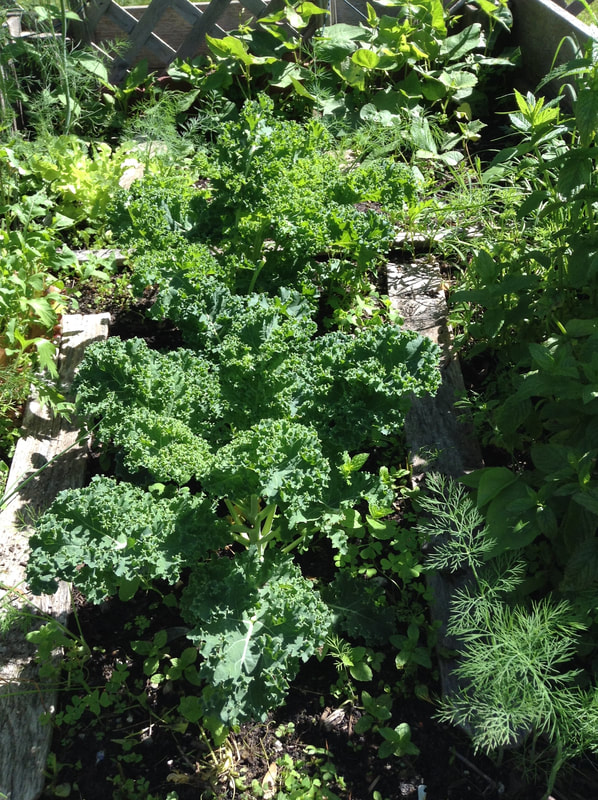
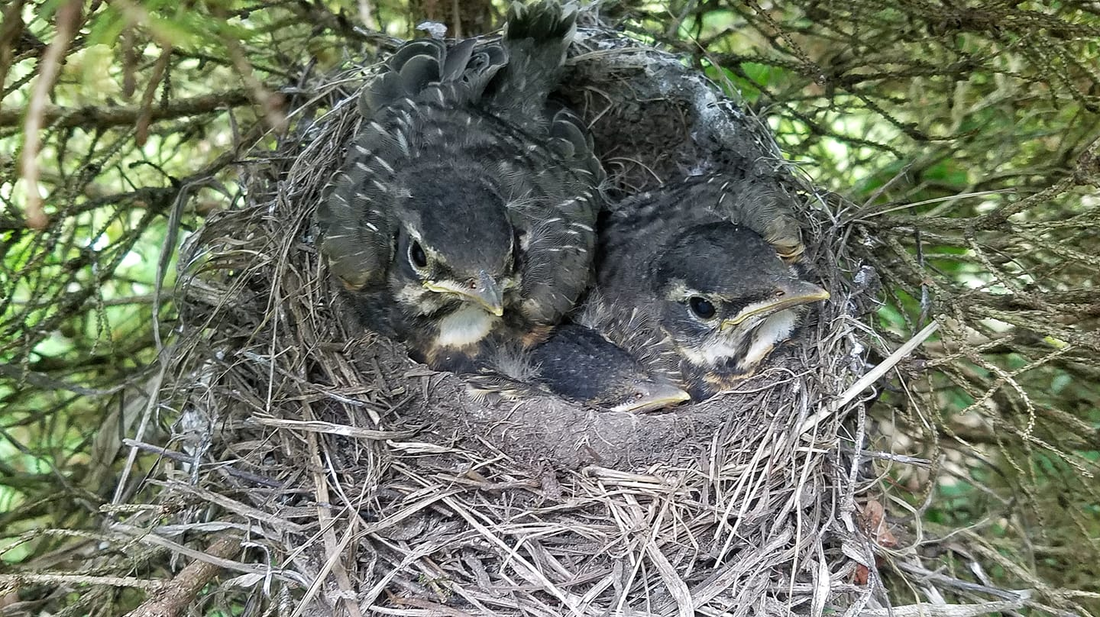
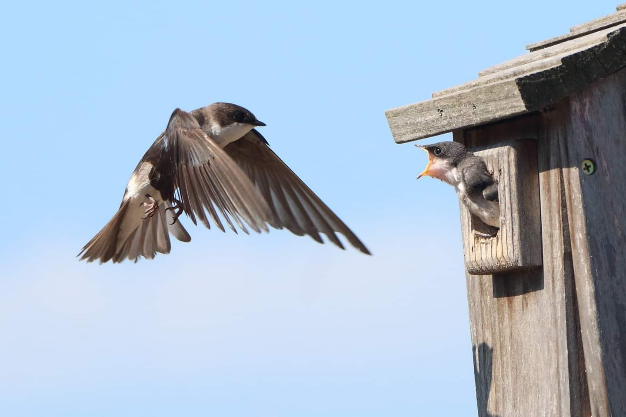
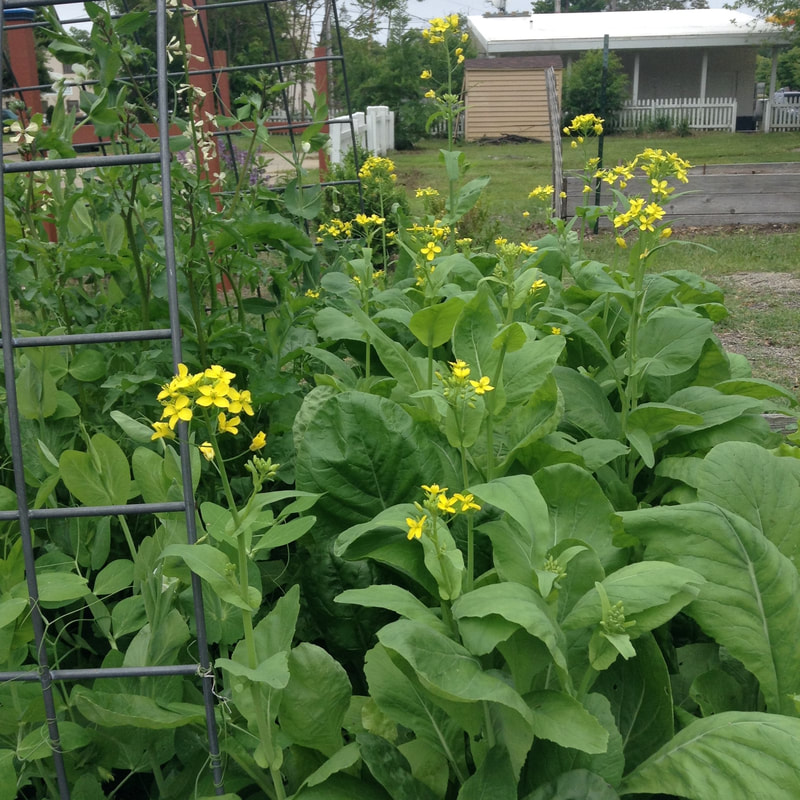
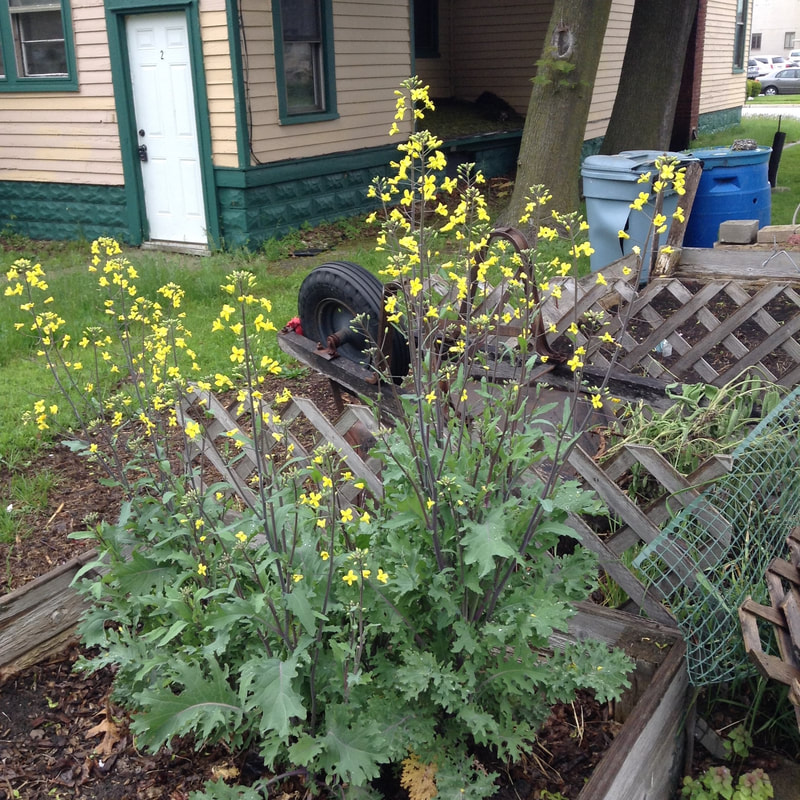
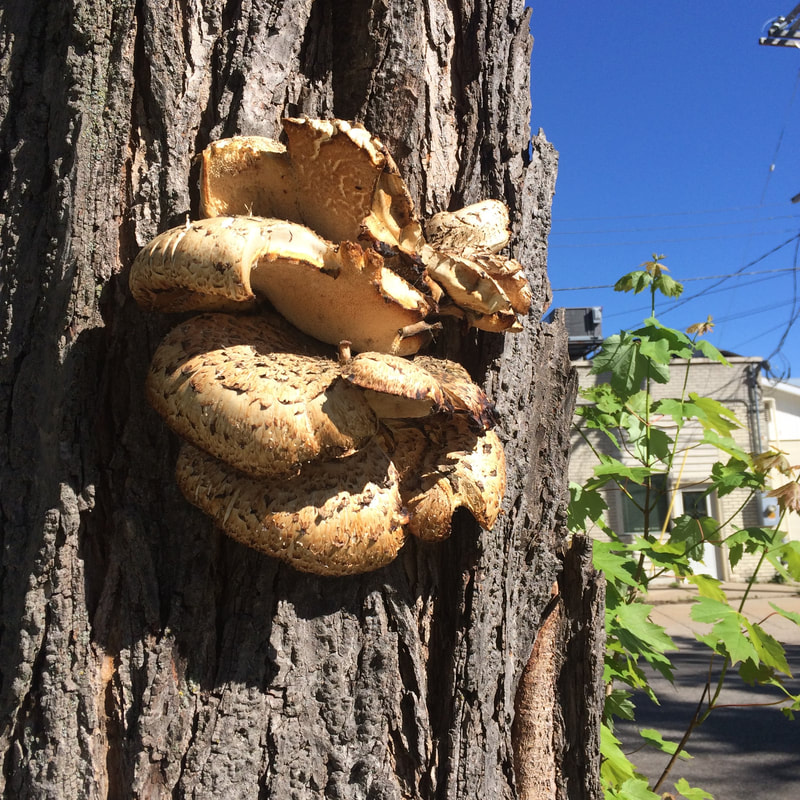
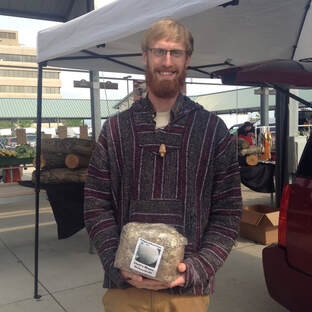
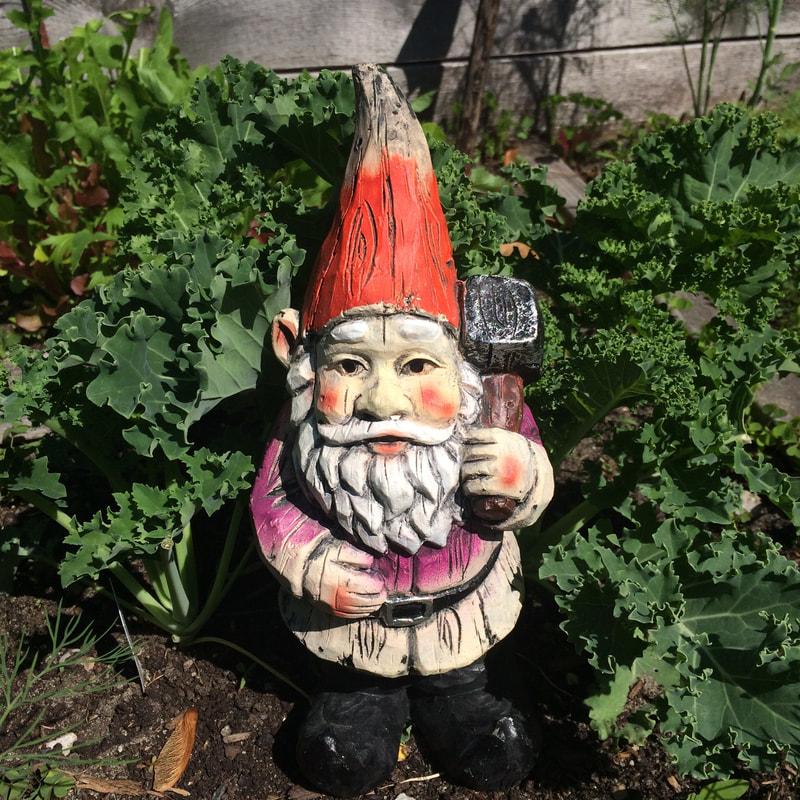
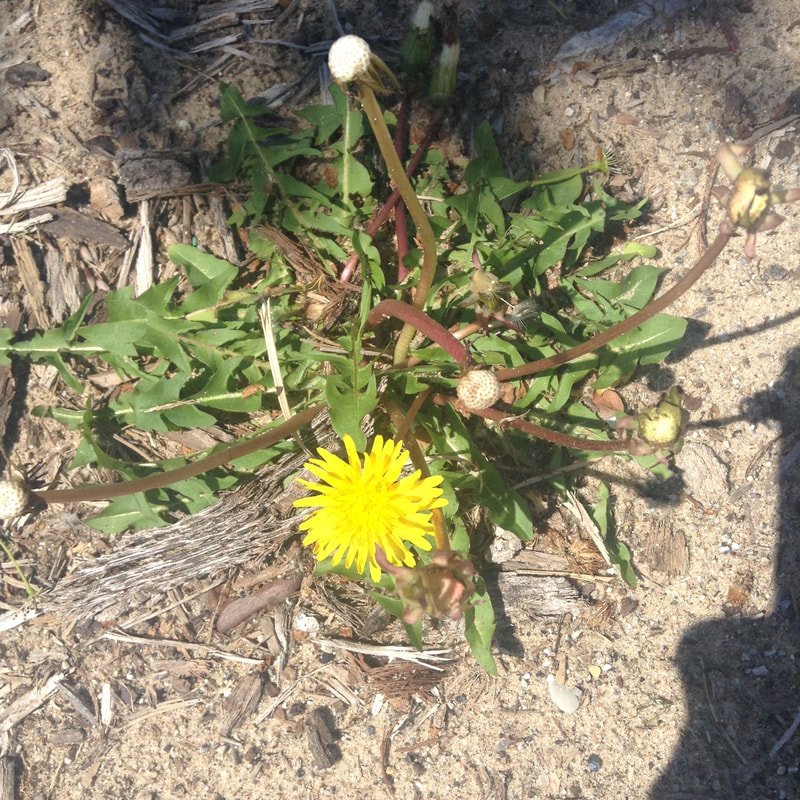
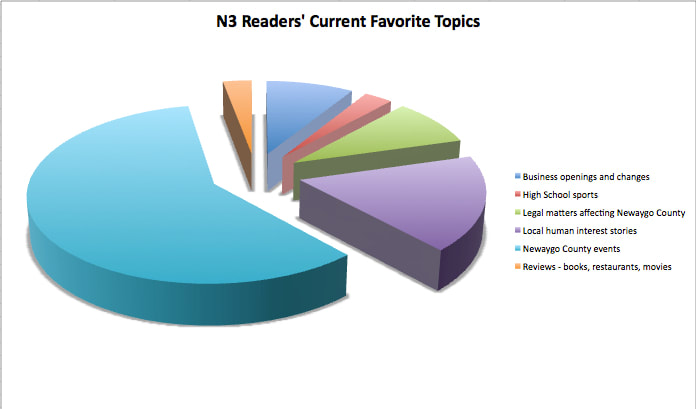

 RSS Feed
RSS Feed